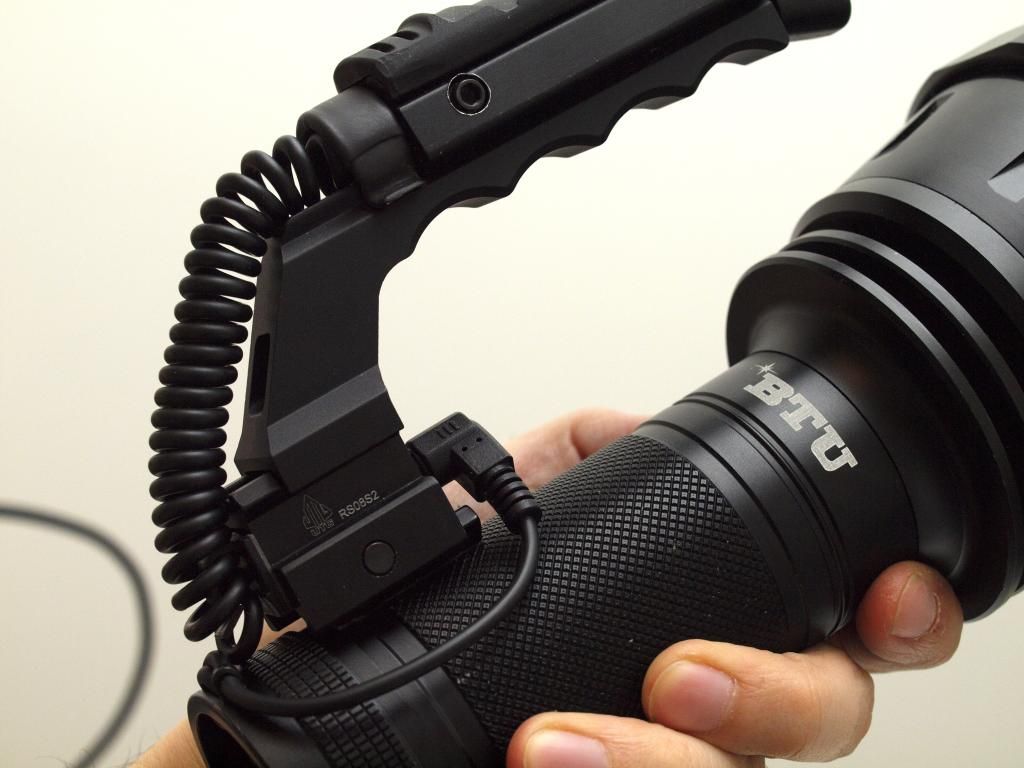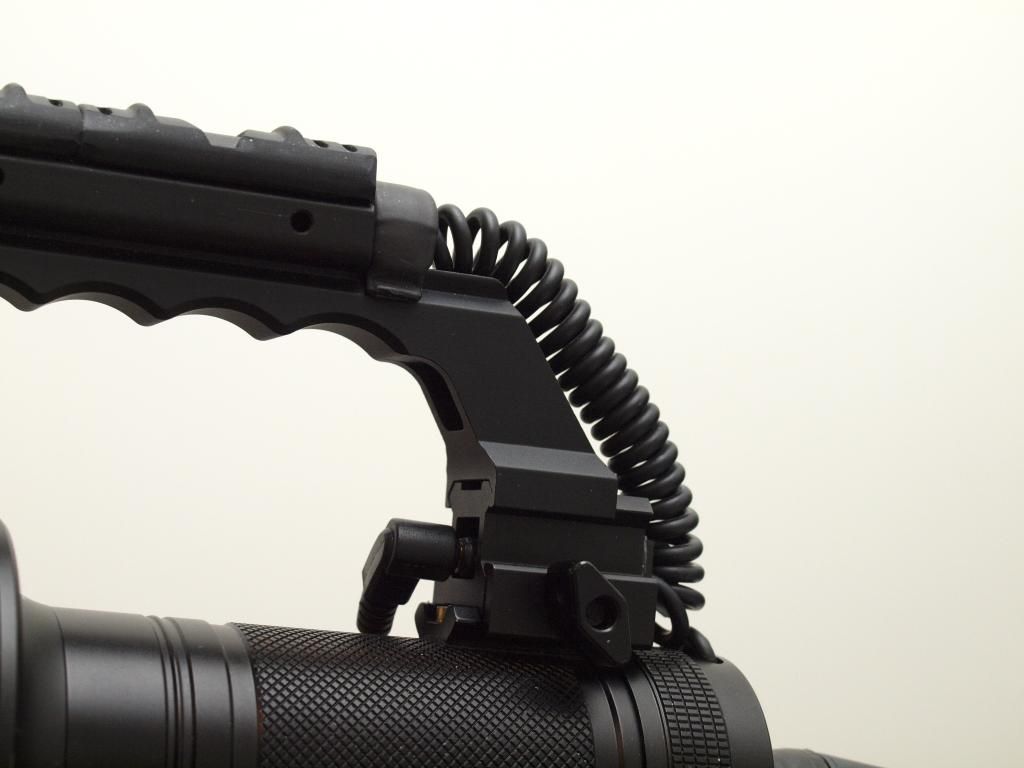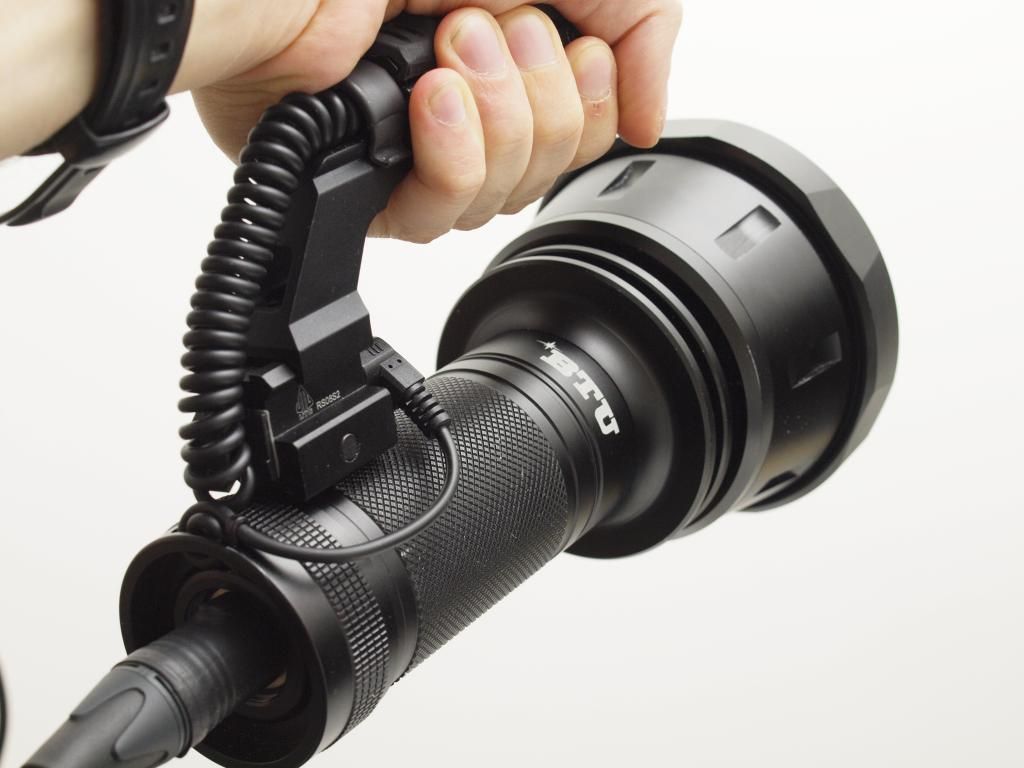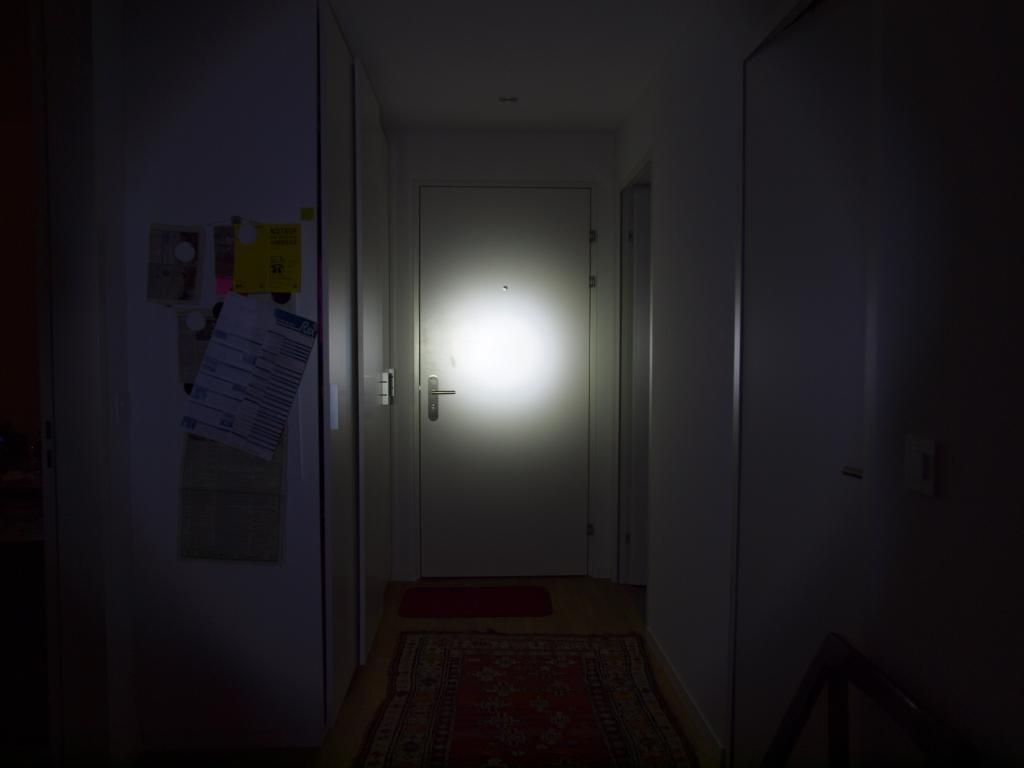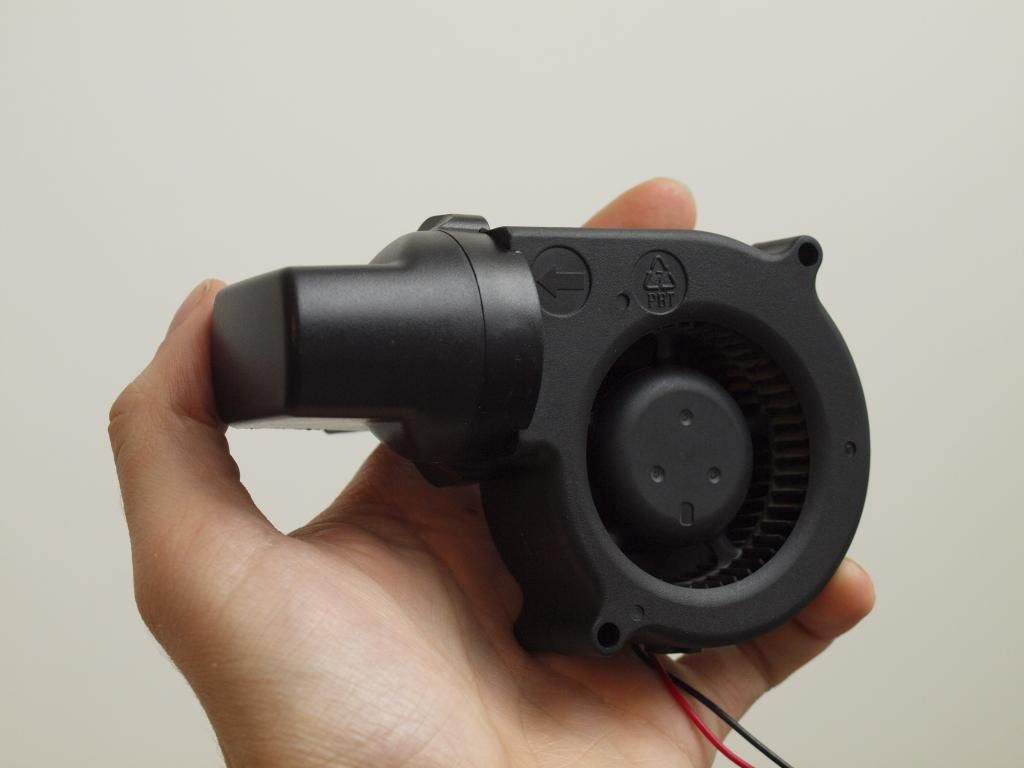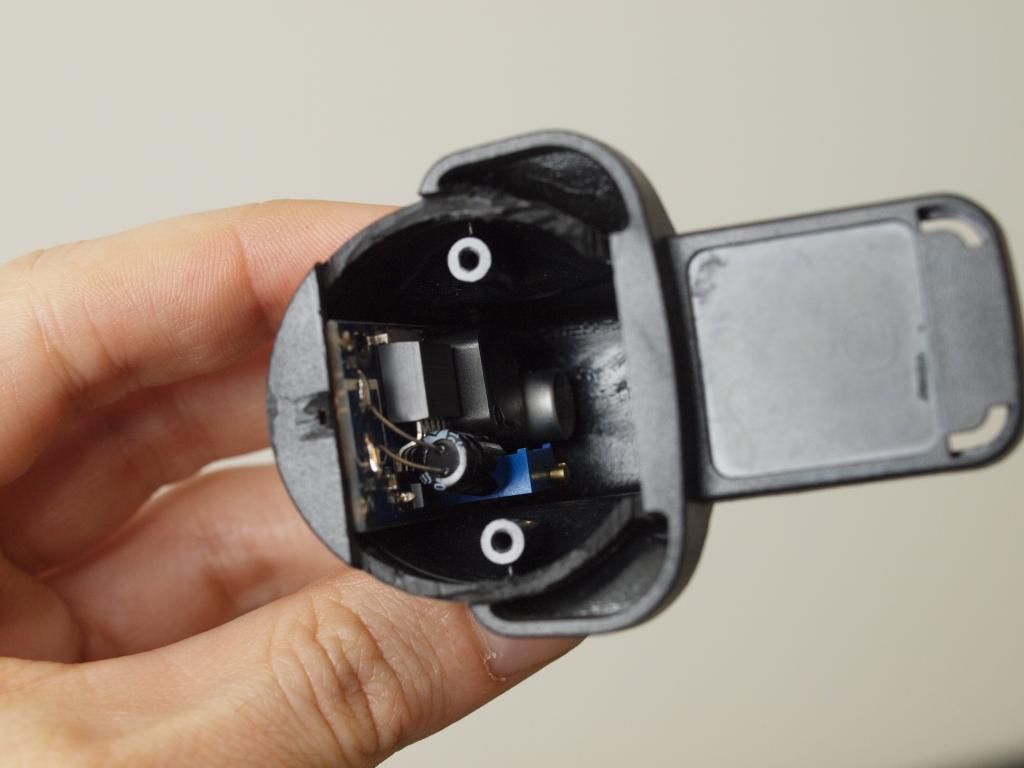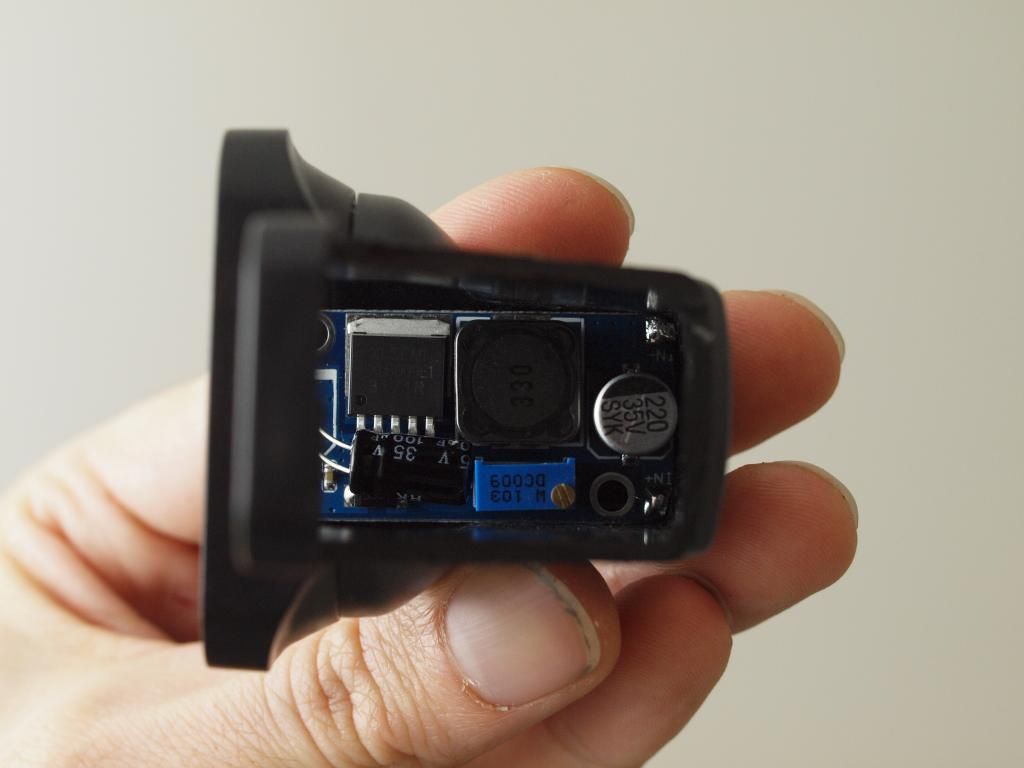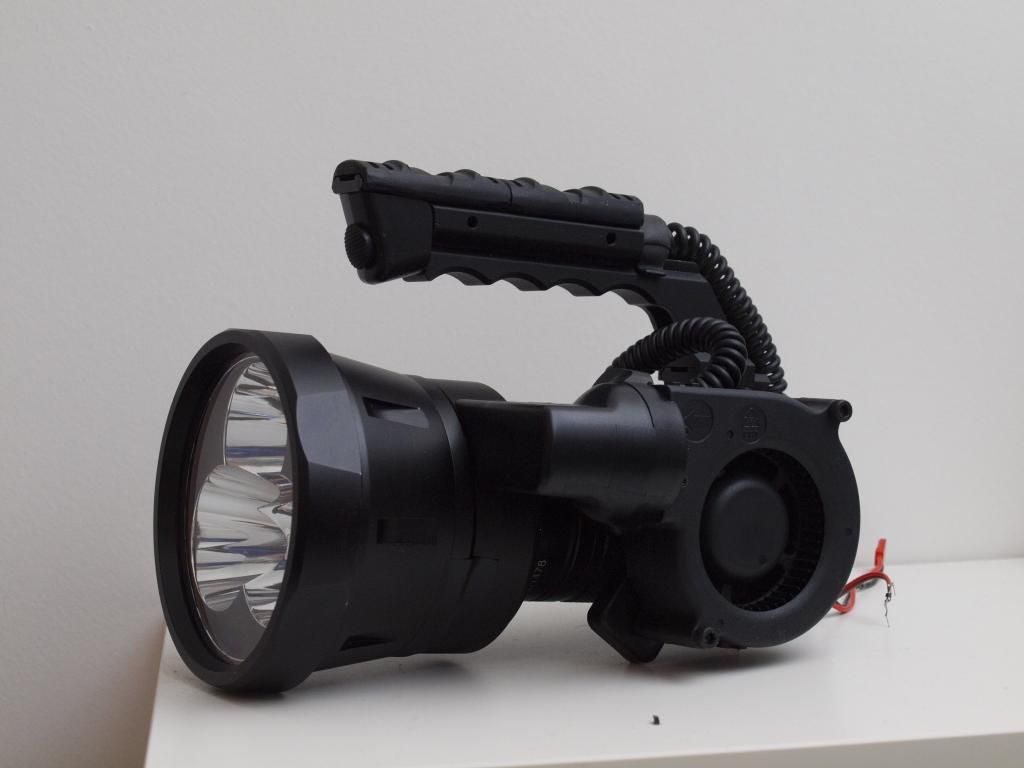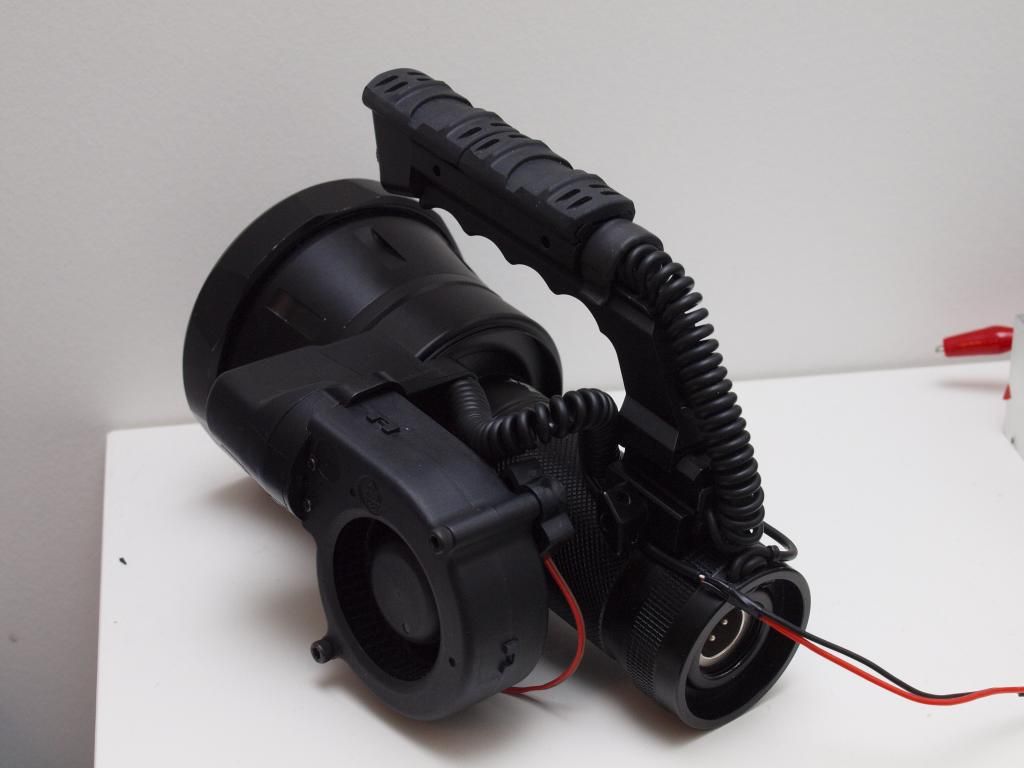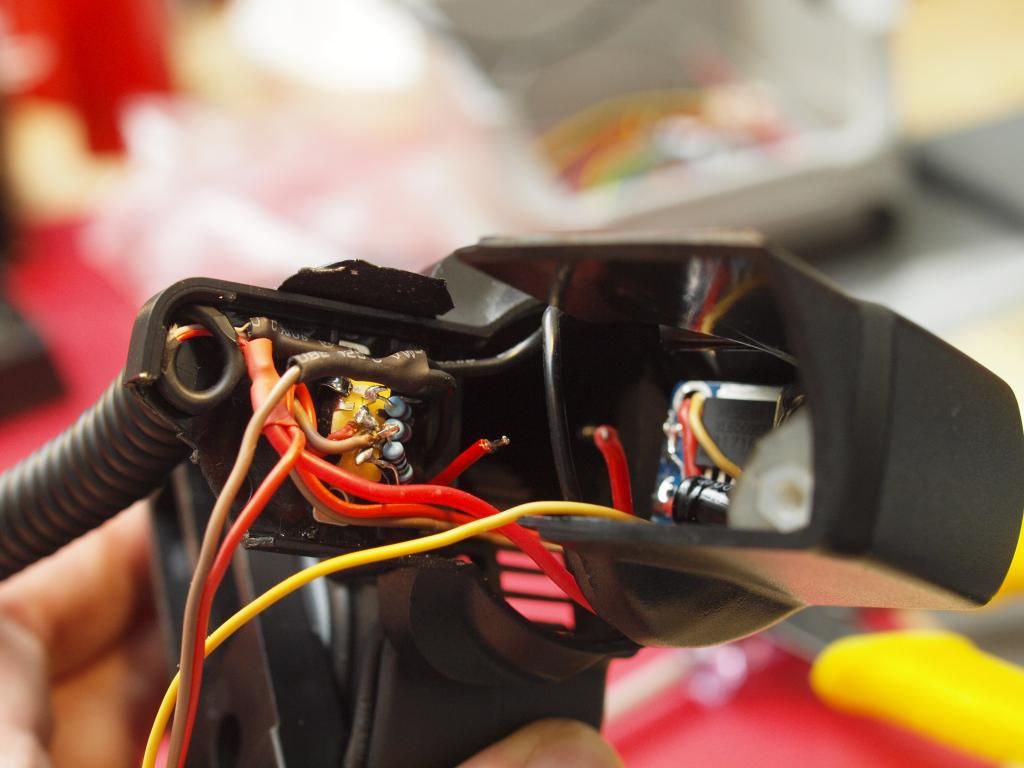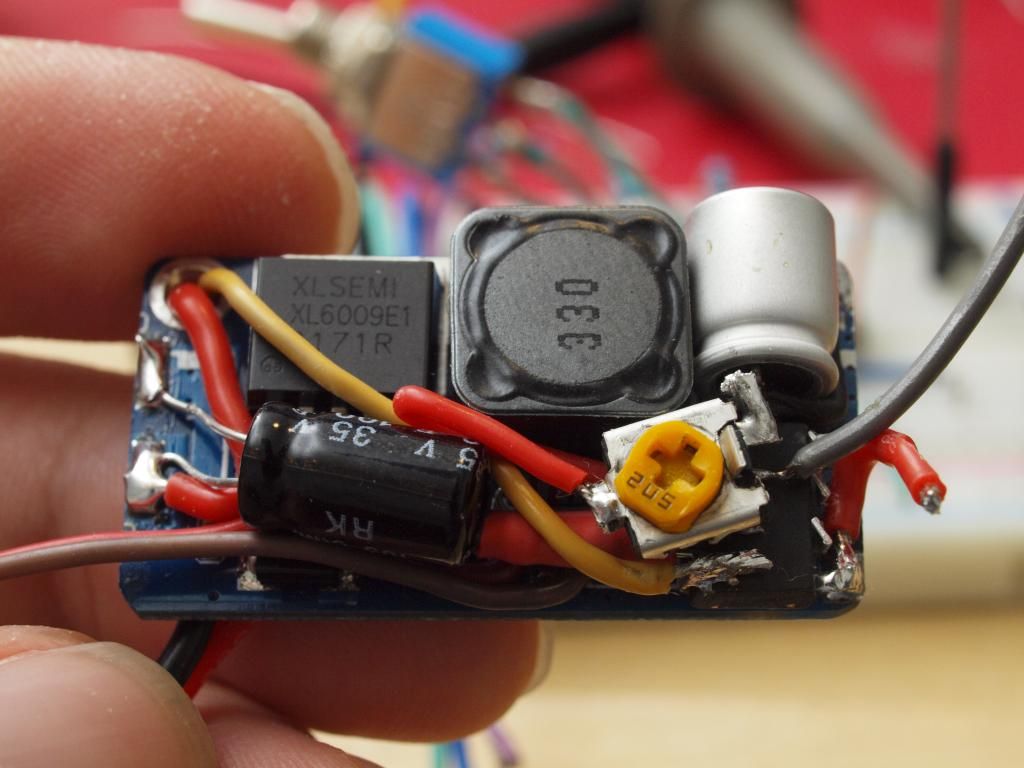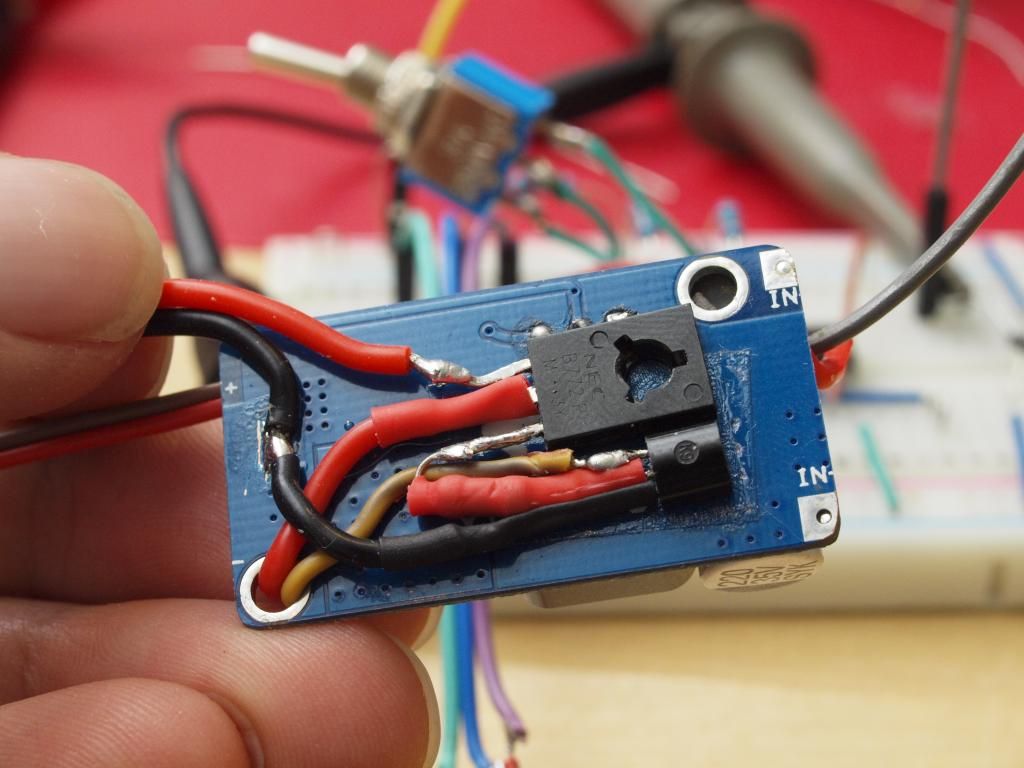So I threw some photons down my corridor and got these beamshot comparisons. Granted they’re not the greatest, outdoorsy, “losing two toes to frostbite” kind of beamshots but it’s a start right? 
Note: My camera does exaggerate tint differences a little bit, (errs on the side of too green) but it’s actually quite a good interpretation of what the true output is doing. It doesn’t sugar coat tint differences, if the dedomed light is erring on green then my camera will tell it that to it’s face! 
-
Let’s start with the dimmest. My Convoy S3 EDC. XM-L2 T6-3A : 3Amps
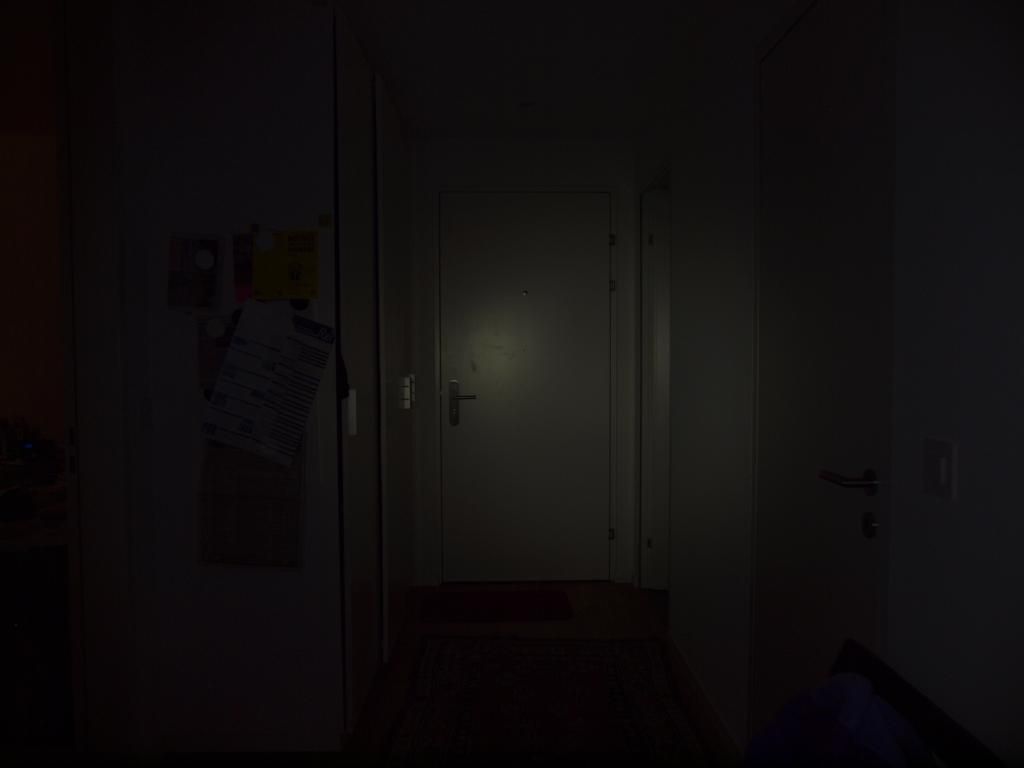
210 lulz @ 4.5m Is this thing even on?
-
Next up the bone stock Ultrafire F13: just as the chinese design masters intended.  XML T6-1A/C? : ??Amps
XML T6-1A/C? : ??Amps
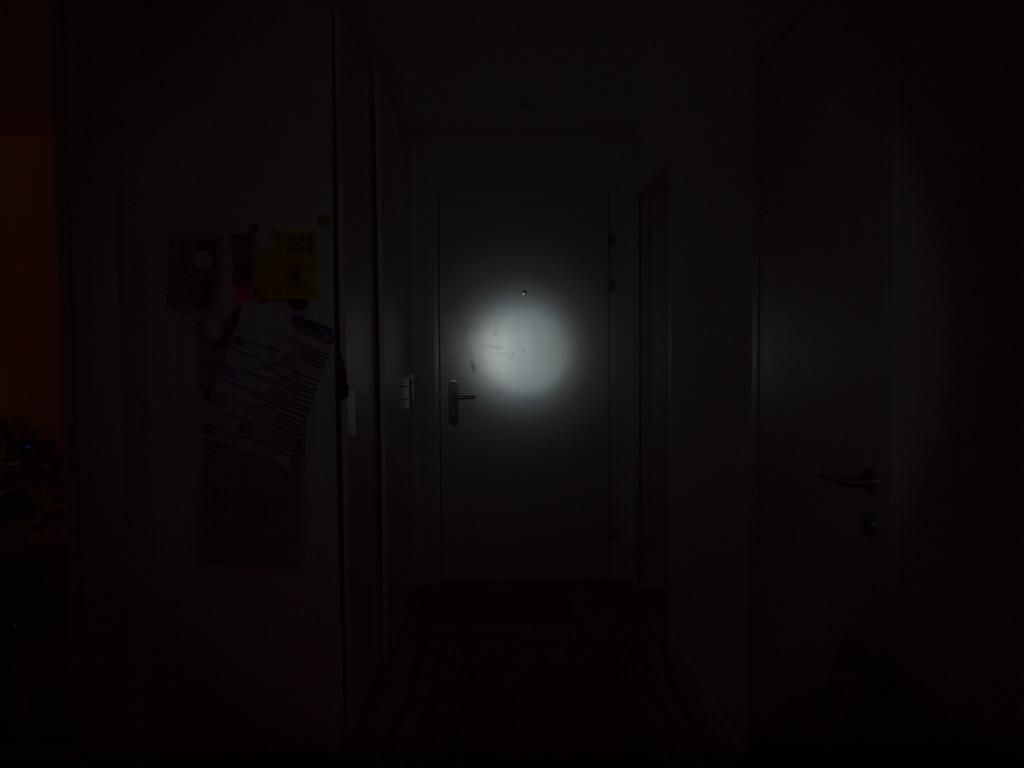
520 lux @ 4.5m Pretty crappy and very blue.
-
Now for the usual C8 candidate: Ultrafire C8 SMO reflector Dedomed XM-L U2-1A : DD A17DD ~6-7Amps
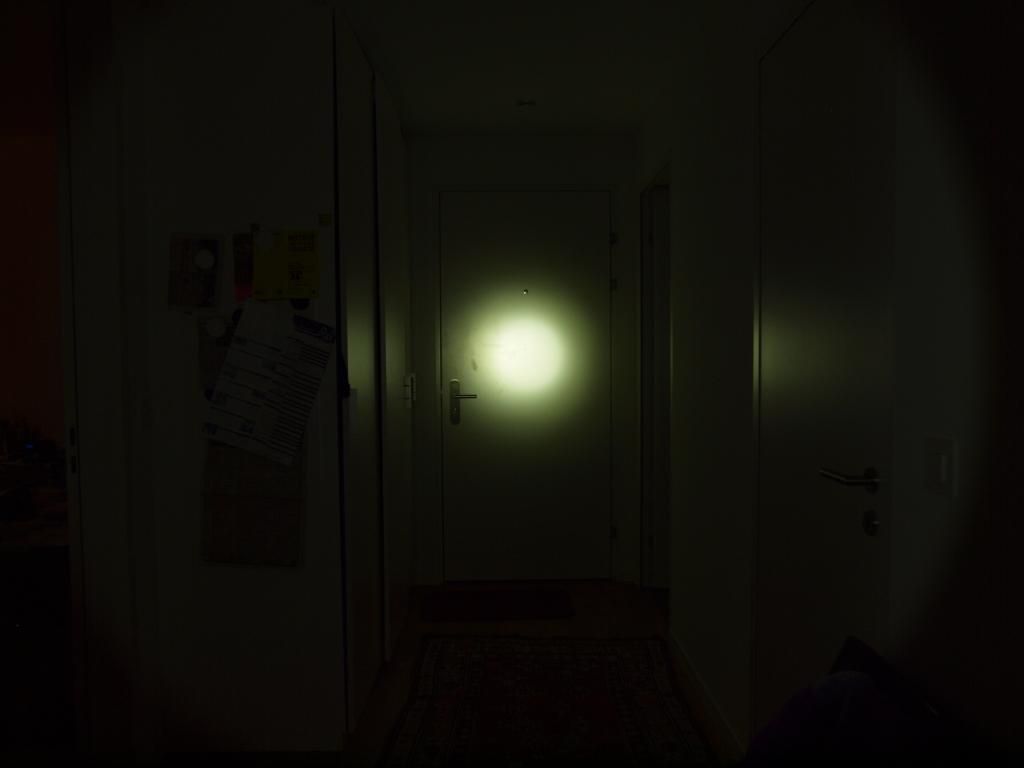
3,300 lux @ 4.5m It’s a fairly green emitter but not too objectionable in real life. I quite like it.
-
The mighty Courui D01: XM-L2 U2-1D : 5.9Amps Mod Thread here
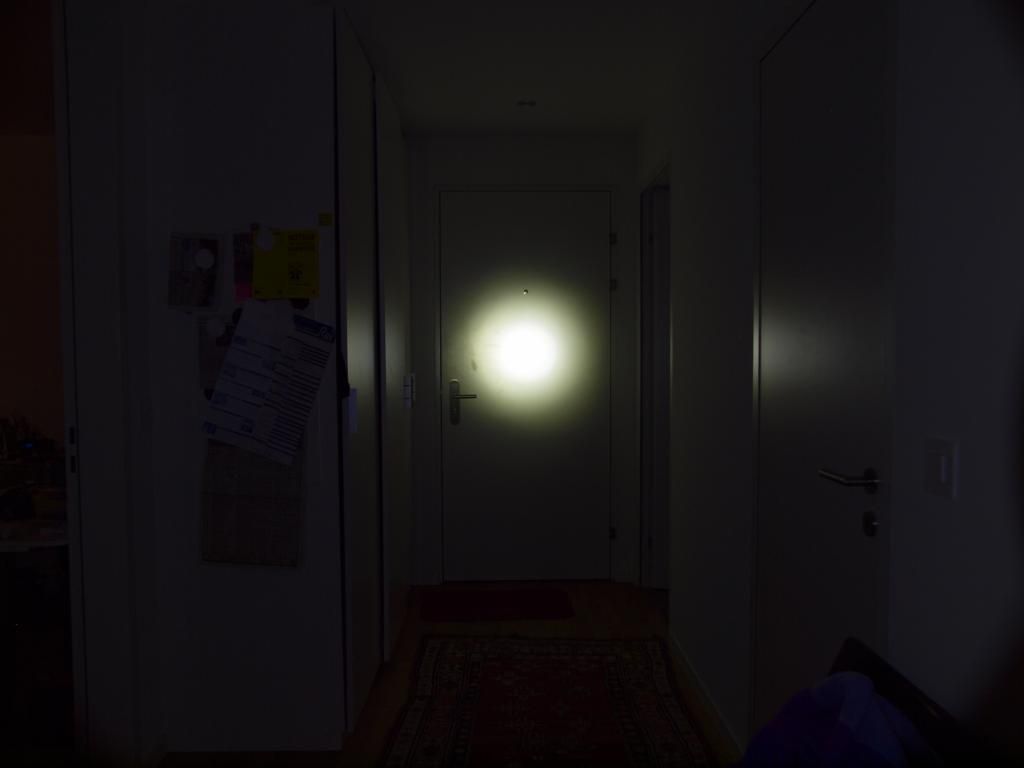
5,990 lux @ 4.5m Naturally the big head comes out on top in terms of max Lux in this test.
-
Modded Apex 5t6 5x XM-L T6-3C : ~16Amps Mod Thread here
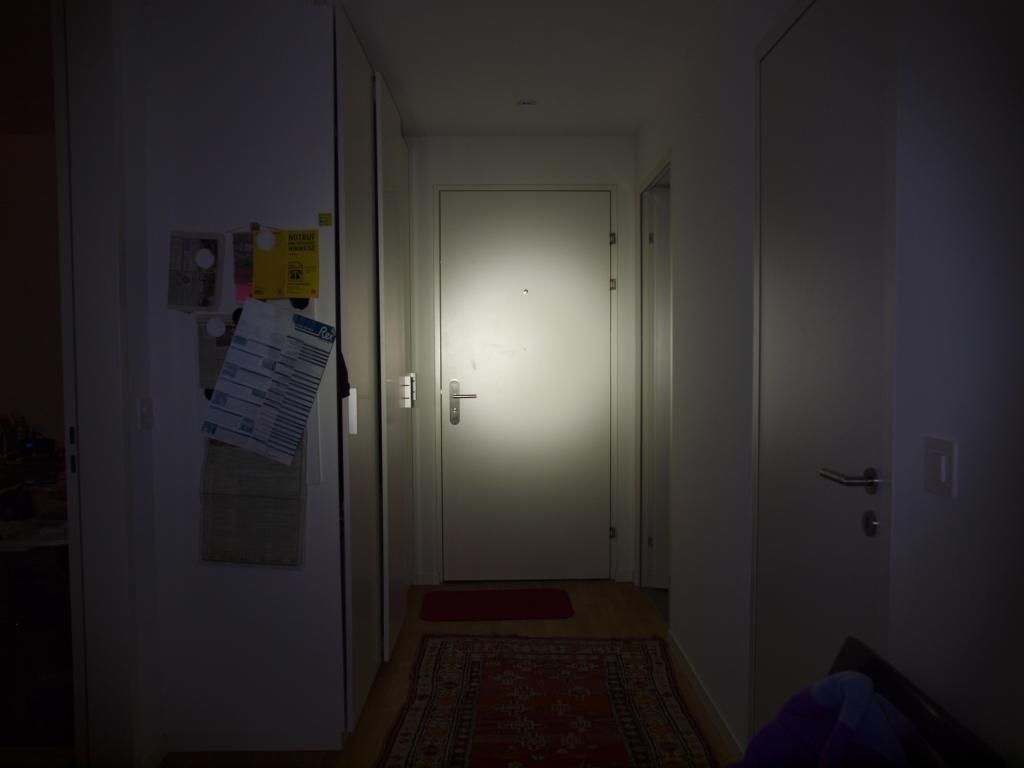
2,020 lux @ 4.5m This is my highest output light bar the BTU so it should give a decent comparison. Floody 5x NW XM-Ls in p60 sized reflectors running around 3.2A each.
-
UltraShocker v1.0 3x MT-G2 P0 5000k: 17.85Amps
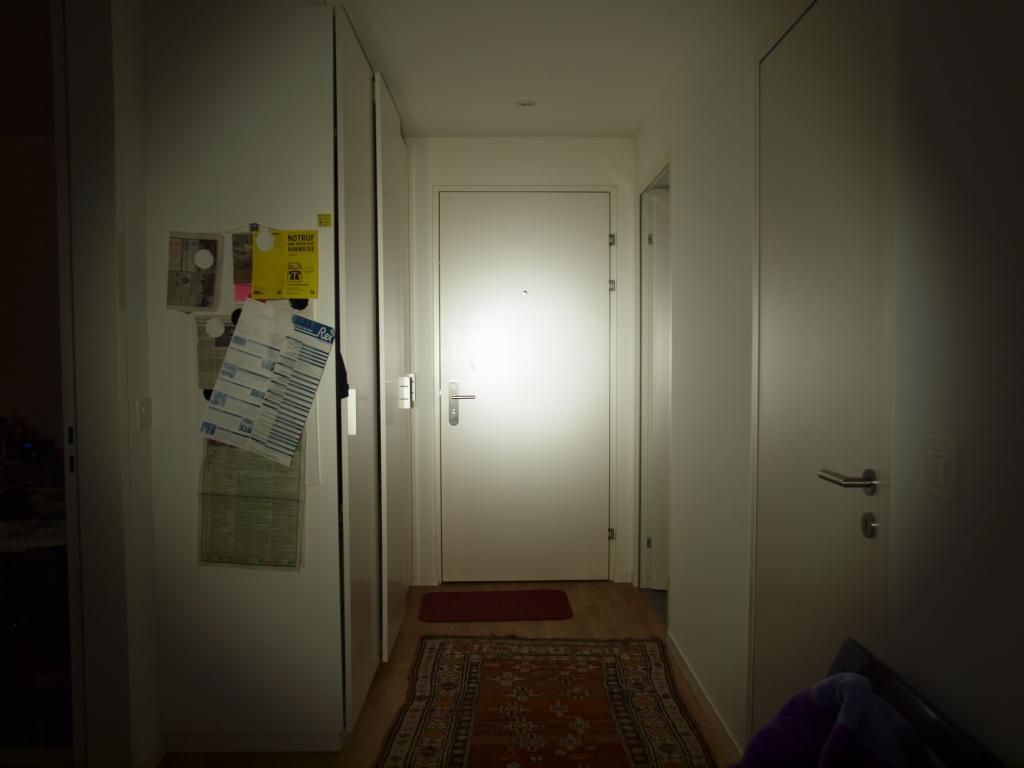
4,380 lux @ 4.5m Well…it’s bright!
But note in particular the slighty narrower overall beam profile, tighter hotspot and and much brighter spot/spill compared with the 5t6. This light is a real flood monster with a very usable beam distribution. Using it out and about I’ve also come to appreciate the narrower nature of the beam thanks to the deep reflectors. It’s much easier to direct the flood with this kind of light rather than blind everything in front of you no matter what. Plunger lights with shallow reflectors just put out a wall of light, this puts it where you need it most and makes the most of the >9k lumens. It’s very usable (thank christ for that, I didn’t want this to just be a glorified shelf queen after all this! :p)
At this range it also out throws everything except the Big head which is a fair achievement I reckon. Of course I’m still interested in finding out at what range it can actually outclass the C8 when it comes to outdoor spaces.
Did I mention the lovely tint! The differences may be a bit exaggerate in these photos but the gen1 NW XMLs look positively sickly in comparison. The nice even NW beam of those mt-g2s, man it’s just about perfect. Biggest benefit of those emitters by far, just can’t get enough of it! And so even across the beam, no purple spill and yellow hotspot here! 
So hopefully this has gotten the beamshot junkies off my back for a while. 
I will eventually get out and do some proper long range comparisons (when the snow melts a bit) but for now this is it.
Cheers
![]()
